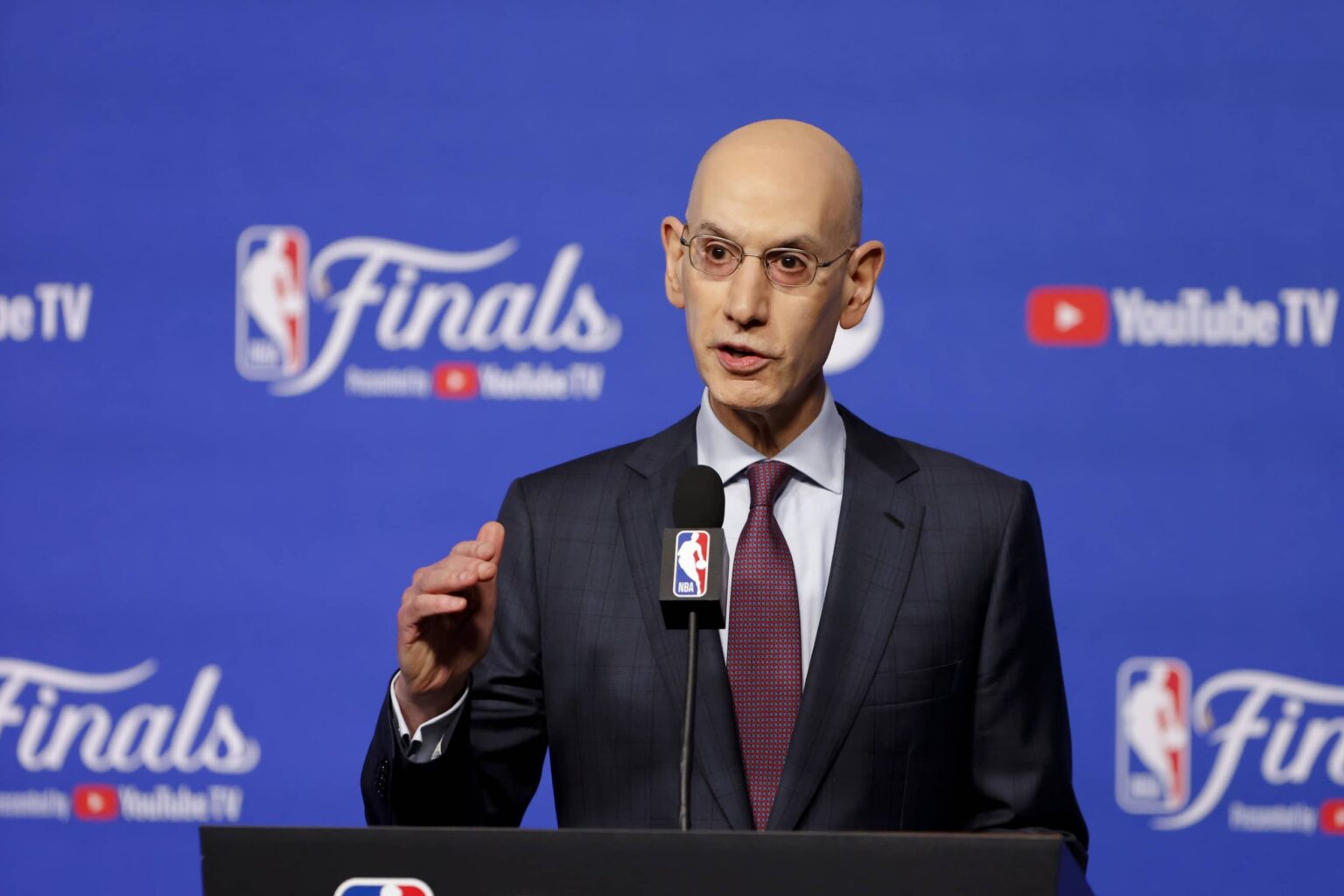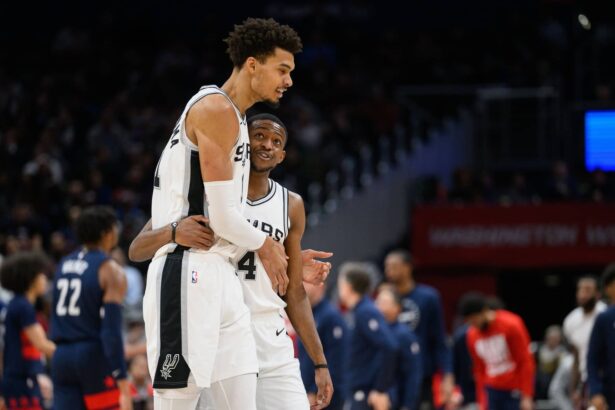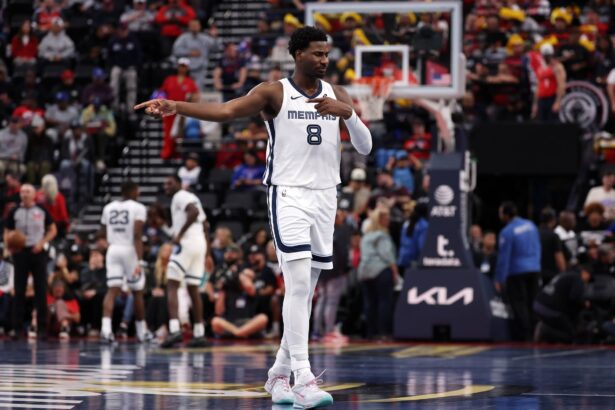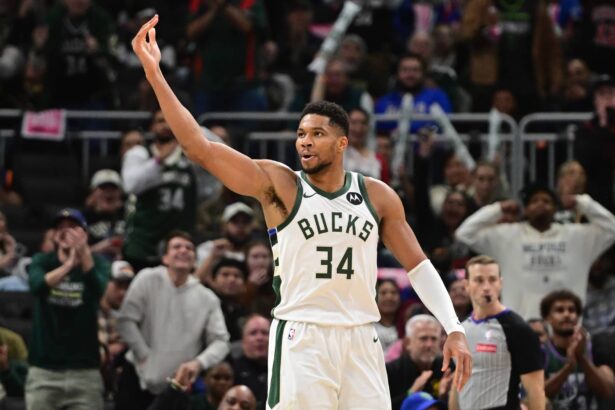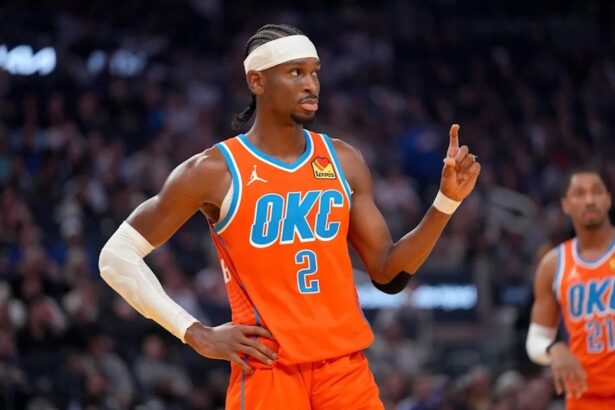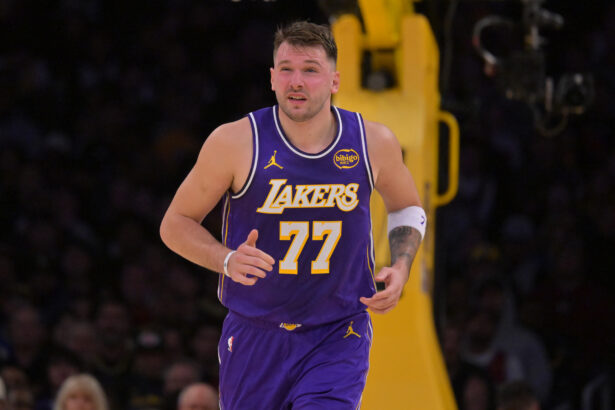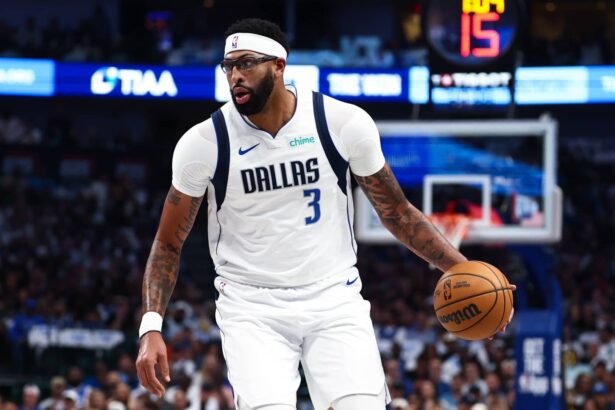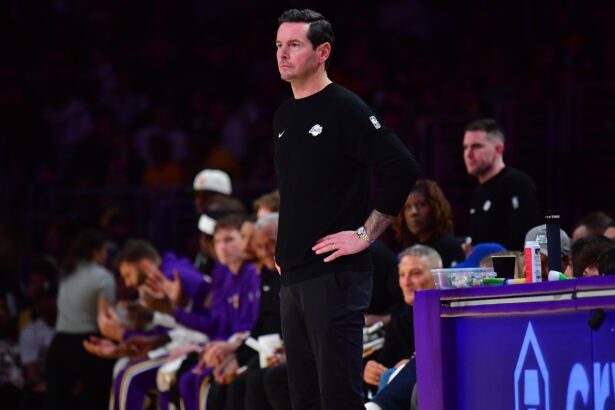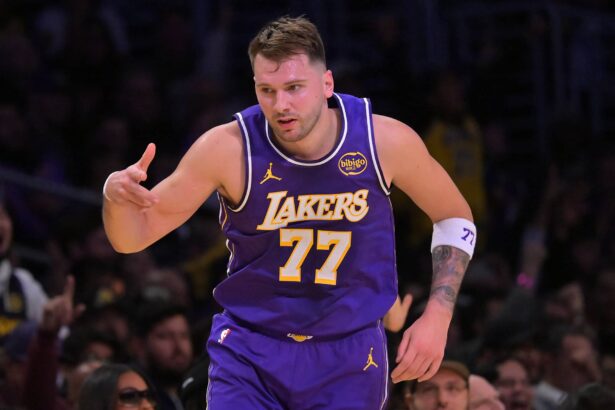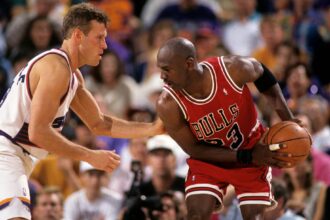The NBA’s European ambitions are gaining serious traction, and new details suggest a bold rollout could arrive as early as 2027. Reports and official hints point toward a 16-team league structure, heavy investment from stars and clubs, and serious competition with the existing European basketball ecosystem.
According to recent reporting, the NBA is planning a semi-open competition format across Europe, with 16 teams total: 12 permanent franchises and 4 spots earned via qualification through other European leagues. This hybrid model blends an American-style stable franchise system with a touch of European qualifying dynamics.
NBA Commissioner Adam Silver has publicly acknowledged that while 2027 is “ambitious,” it’s under serious consideration. Silver has emphasized careful planning, working with FIBA, existing European clubs, media partners, and regulatory bodies.
The NBA’s long-standing talks with FIBA and European leagues further confirm that this is not wishful thinking, it’s a strategic pursuit.
On the financial and strategic front, Kevin Durant is reportedly positioning himself at the center of this European expansion. As a minority stakeholder in Paris Saint-Germain (PSG), Durant is said to be guiding PSG’s potential $500 million investment into the NBA Europe venture.
If PSG joins, it would bring one of Europe’s most prominent club brands into the fold.
Meanwhile, leaks suggest that LeBron James, through his business network, has met with investors to explore a pan-European league model that could rival or complement an NBA initiative. Reports suggest discussions over global equity-based models and alternative league formats beyond the NBA’s framework.
The rumored $500 million per-team price tag indicates the magnitude of capital required and the kind of scale the league expects early on. Such investments are likely necessary to build infrastructure, logistics, staffing, and market presence to a level comparable to existing top European clubs.
The ambition is enormous, and so are the obstacles. Logistics (travel, scheduling across time zones), governance (balancing local and league authority), broadcast rights, arenas, and regulatory alignment with FIBA and national federations all present major unknowns. Silver has repeatedly stressed that this is years of work, not months.
There is also cultural resistance. Some European fans and administrators worry that an NBA league could “strip the soul” of European basketball, its club traditions, promotion/relegation systems, and national identities.
Then there’s the matter of timing. Some reports hint the launch could slip to 2028 if complications arise, Silver has said he doesn’t want to delay beyond that.
If the NBA Europe project succeeds, it would mark the most transformative shift in global basketball since the NBA’s original globalization efforts. Beyond offering new markets and revenue streams, it could reshape how top talent in Europe from youth to established stars view career trajectories.
Players like Luka Doncic, Nikola Jokic, and Giannis Antetokounmpo, already bridging the NBA and Europe in influence, could see a more formalized pathway. LeBron’s reported investor meetings and Durant’s PSG involvement suggest that both players and clubs want skin in the game beyond just playing time.
Ultimately, the NBA’s European league may not simply be expansion, it might be a strategic realignment of basketball’s global ecosystem. If the league breaks ground in 2027 (or 2028), the next decade could see European basketball linked to the NBA in ways we’ve never imagined.

